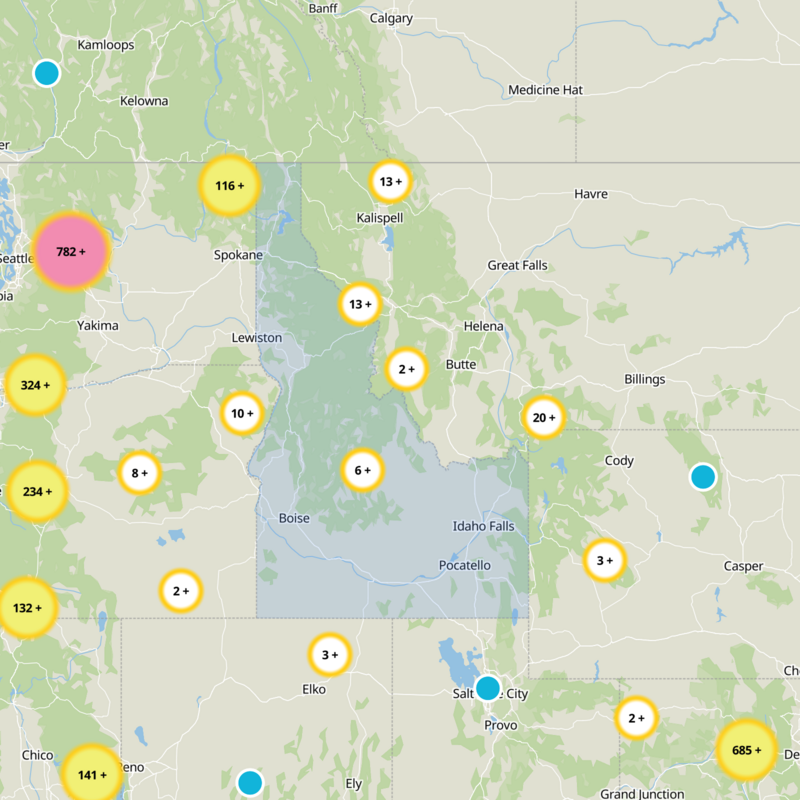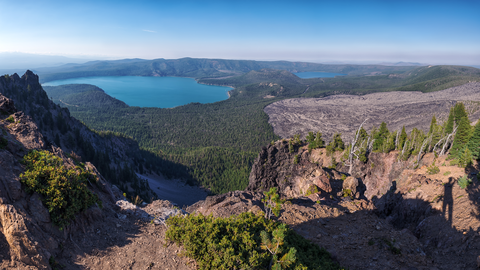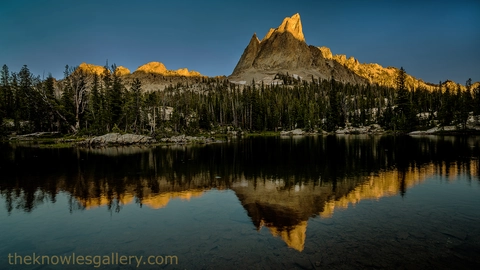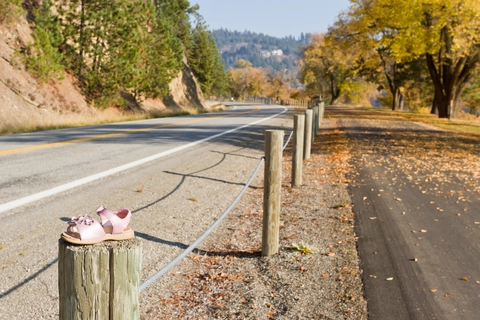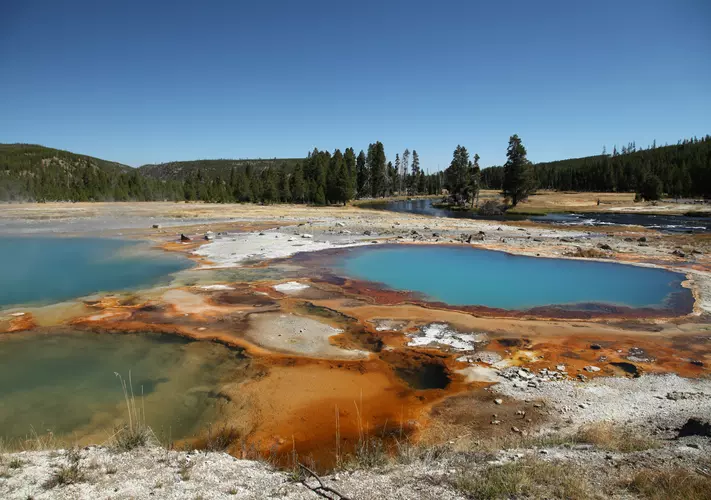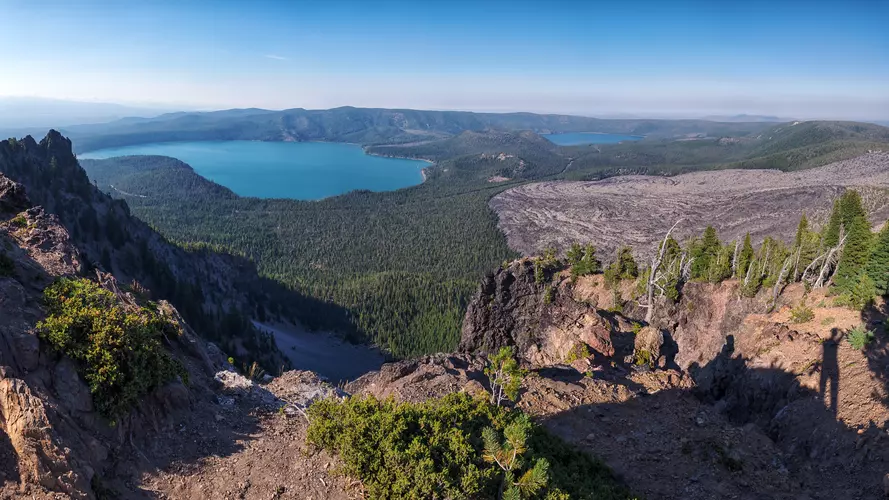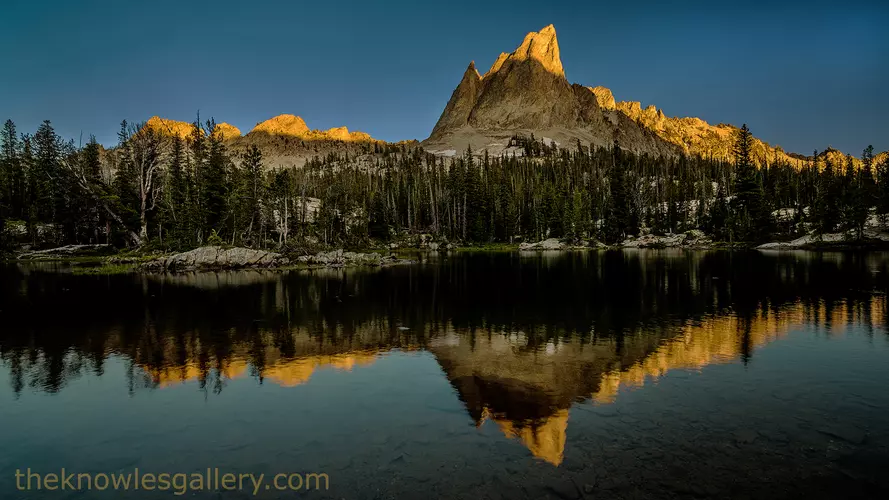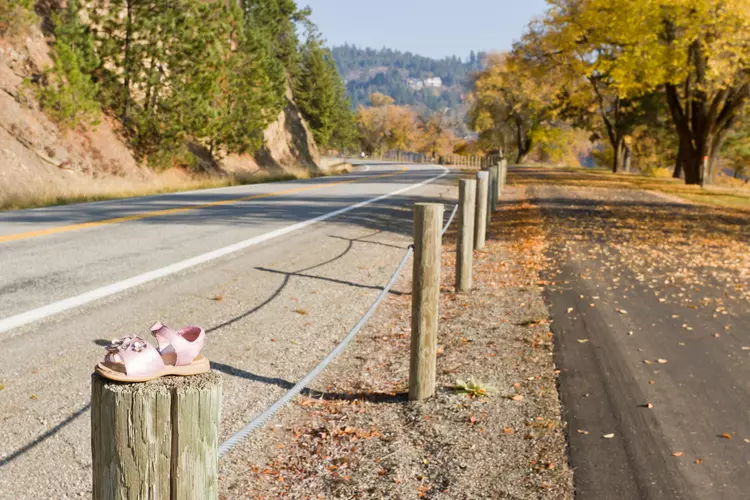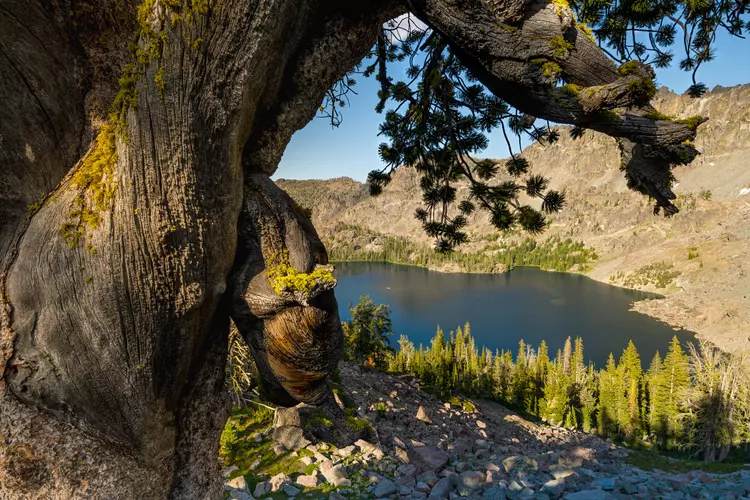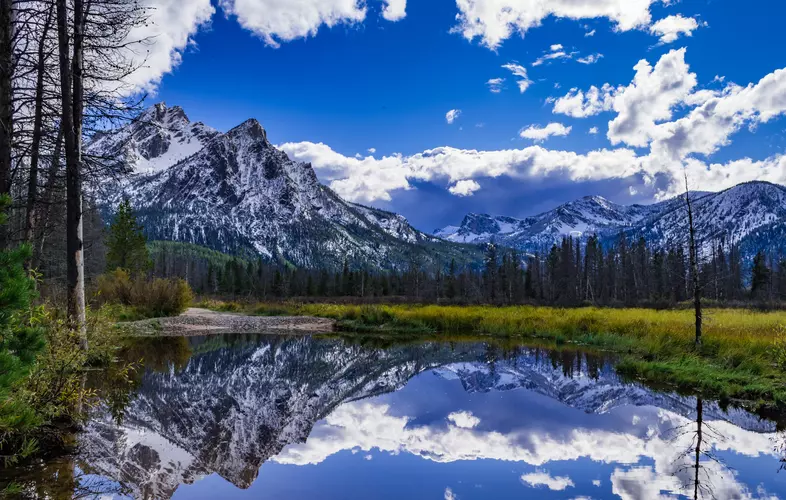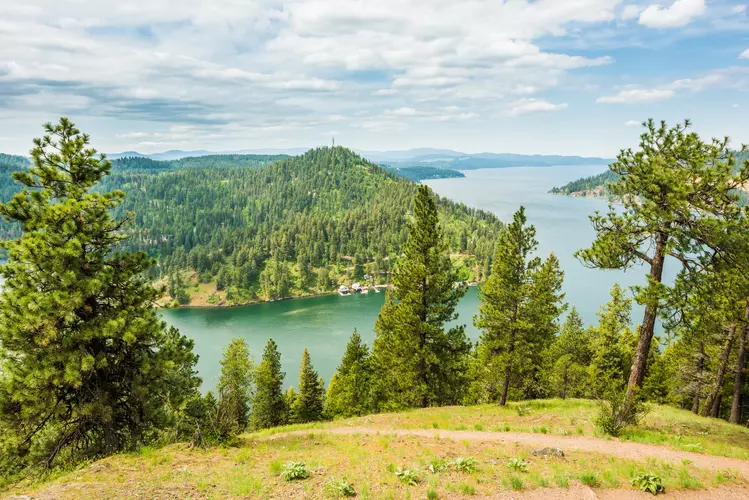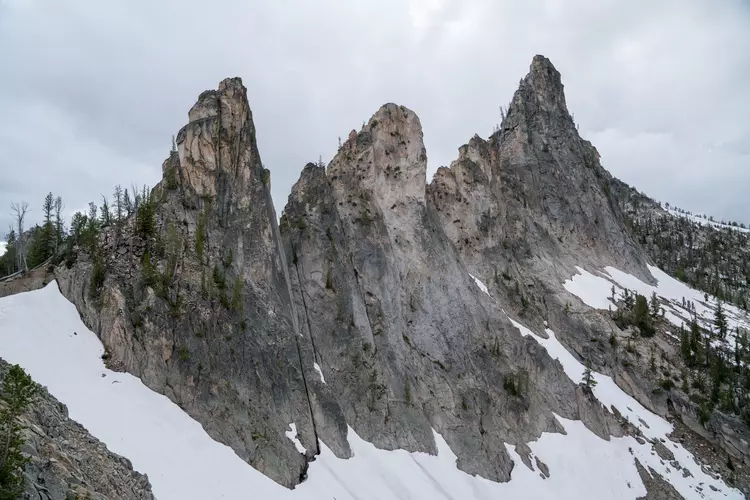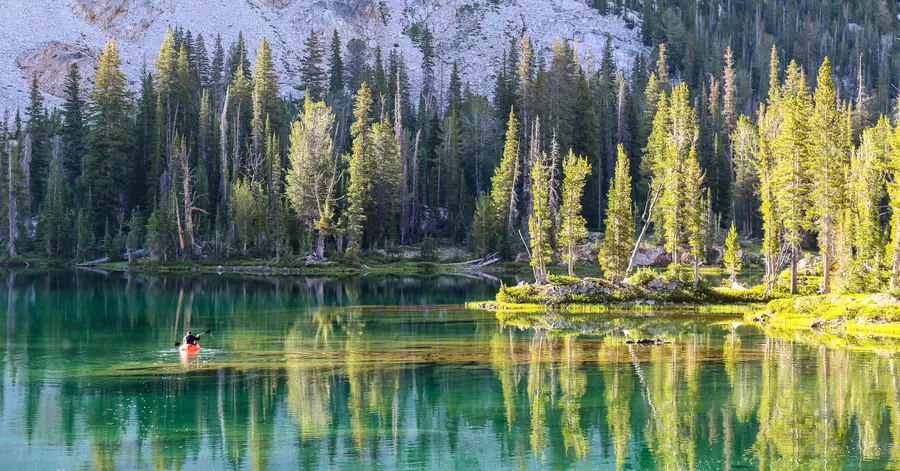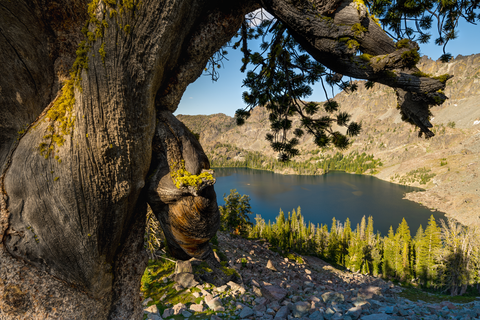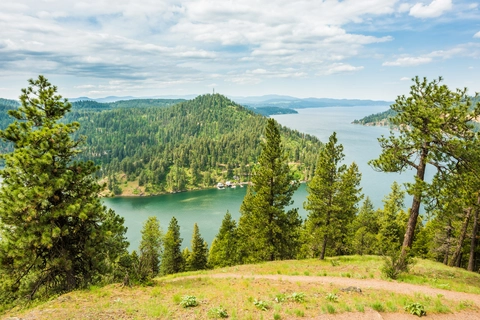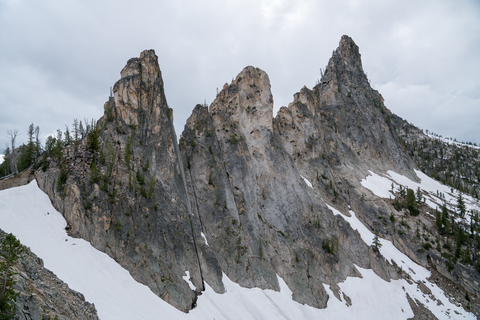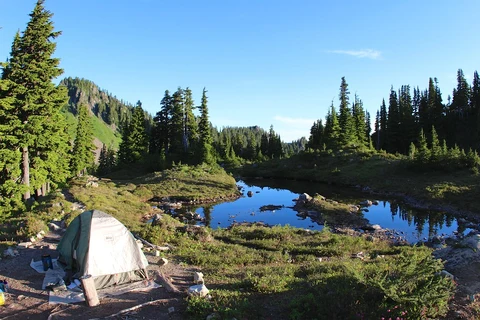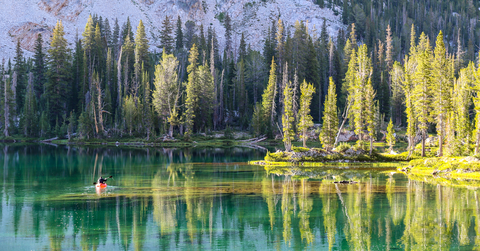"Idaho's trails offer breathtaking landscapes and unforgettable adventures for hikers seeking nature's diverse beauty."
Idaho, a hidden gem for hikers, offers a diverse tapestry of trails that beckon adventurers to explore its breathtaking landscapes. From the rugged peaks of the Sawtooth Mountains to the serene beauty of the Craters of the Moon, each trail unveils a unique story. Discover tranquil alpine lakes, vibrant wildflower meadows, and expansive vistas that stretch to the horizon. Whether you're seeking solitude or a challenging ascent, Idaho's trails promise unforgettable experiences and a deep connection with nature.
Most popular hikes
FAQs about hiking in Idaho






